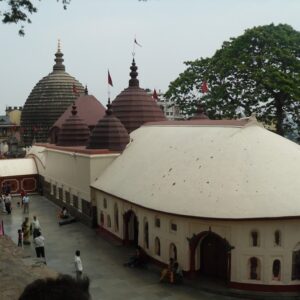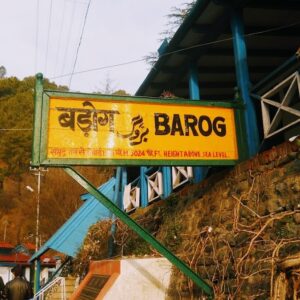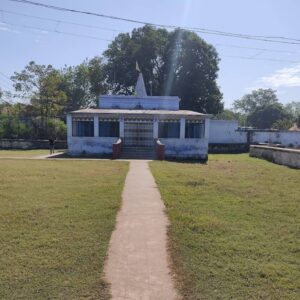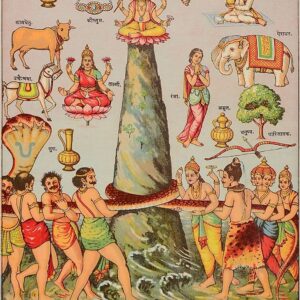Gudi Padwa is a spring festival marking the start of the lunisolar new year for Hindus, primarily those of the Marathi and Konkani heritage. It is celebrated in and around Maharashtra, Goa & Damaon at the start of Chaitra, the first month of the lunisolar Hindu calendar. The festival is characterised by colourful floor decorations called rangoli, a special gudi dvaja; which is a saari or dhoti or other piece of cloth garlanded with flowers, mango, and neem leaves; a sugar crystal garland called gathi, topped with upturned silver or copper vessels. Celebration also includes street gathering, dancing & festive foods.
Raising gudi is main ritual of Gudi Padva
In Maharashtra, the first day of the bright phase of the moon is called gudi padwa (Marathi: गुढी पाडवा), pādvo (Konkani: पाडयो; Kannada: ಪಾಡ್ಯ; Telugu: పాడ్యమి, paadyami). Konkani Hindus variously refer to the day as sausāra pāḍavo or sausāra pāḍyo (सौसार पाडवो and सौसार पाडयो, respectively). Telugu Hindus celebrate the same occasion as Ugadi, while Kannada Hindus in Karnataka refer to it as yugādi ( युगादि, ಯುಗಾದಿ). Sindhi people celebrate the day as Cheti Chand, it is observed as the emergence of the day of Jhulelal. Prayers are offered to Jhulelal, and the festival is celebrated by making delicacies like tahiri (sweet rice) and sai bhaji.
However, this is not the universal new year for all Hindus. For some, such as those in and near Gujarat, the new year festivities coincide with the five-day Diwali festival.For many others, the new year falls on Vaisakhi between 13 and 15 April, according to the solar cycle part of the Hindu lunisolar calendar and this is by far the most popular not only among Hindus of the Indian subcontinent but also among Buddhists and Hindus of Southeast Asia.
A Gudi Padwa new year festive procession in Maharashtra














Reviews
There are no reviews yet